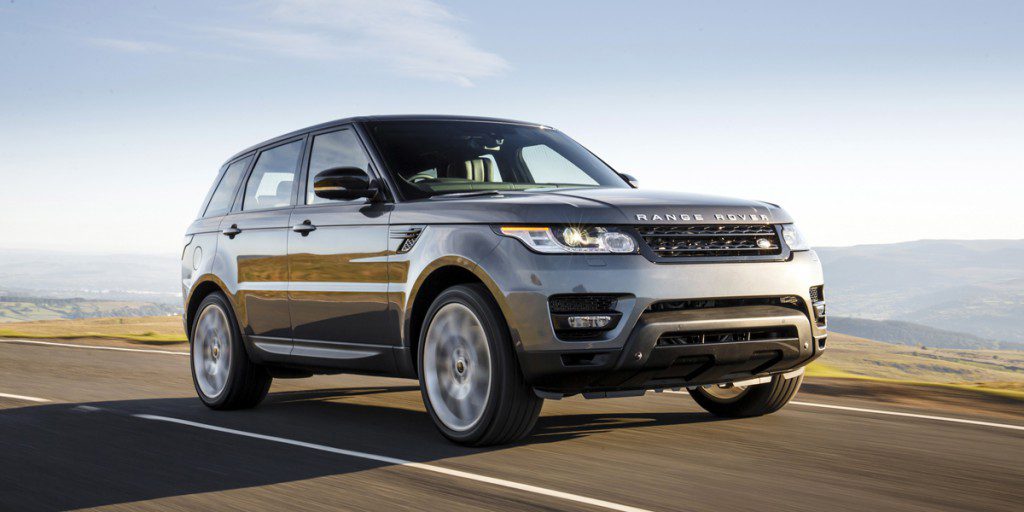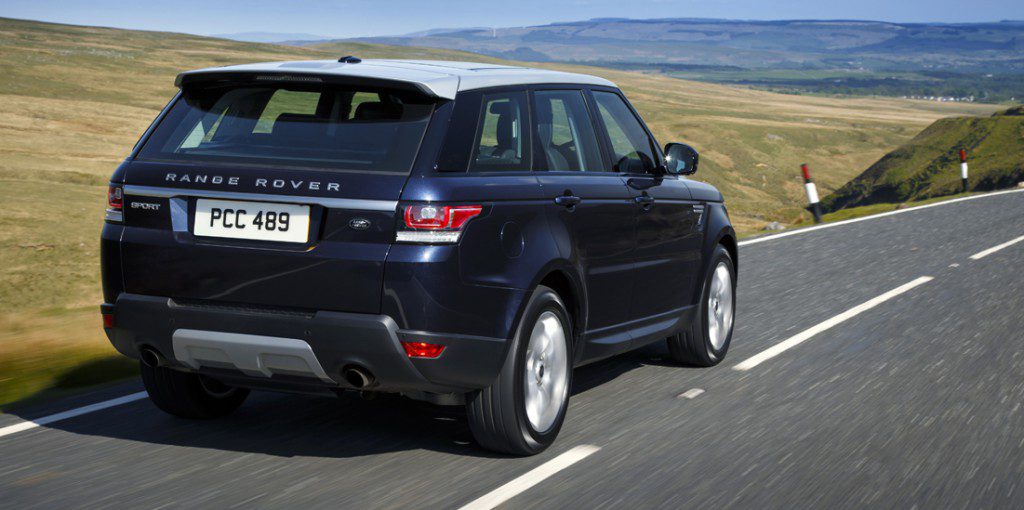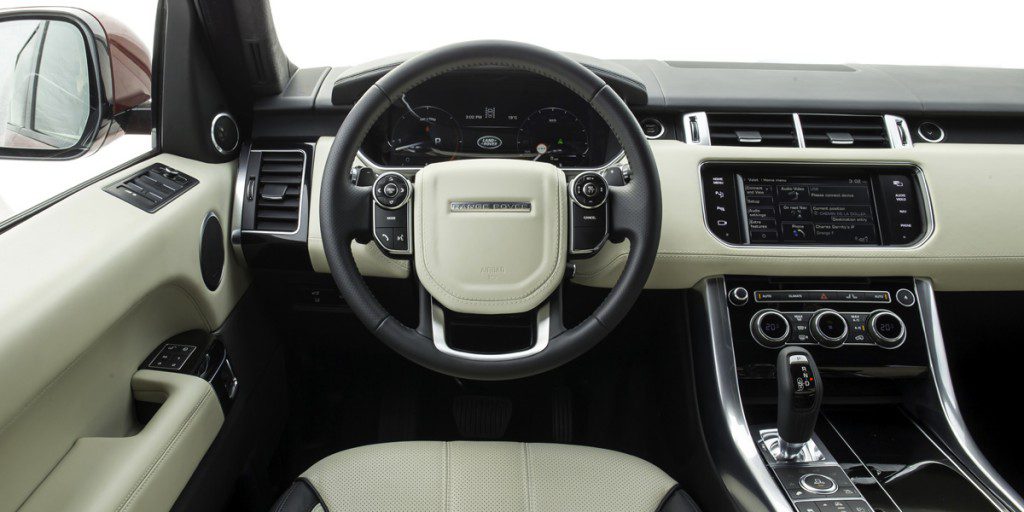Shared with Jaguar, the 340-horsepower supercharged V6 works amazingly well with the new 8-speed automatic transmission. Frankly, there is so much power available at all times that I question the need for the available V8. It delivers terrific off-the-line punch, and why not with 332 pound-feet of torque that peaks at a lowish 2000 rpm. Linear acceleration is experienced with almost-imperceptible shifts from the 8-speed automatic transmission.
My drive of 161.2 miles (68 percent of it under city conditions) averaged 15.41 premium-fueled mpg—an almost 4 mpg bump over our last test Range Rover Sport, that with the old standard 5.0-liter V8.
Apart from some nominal bobbing, the sort of thing you usually associate with a vehicle on a shorter wheelbase, the Sport rode like a luxury sedan.
Handling was sure and tight, if not overtly sporty.
I spent most of my time with the Sport working though crummy winter conditions and found the big Brit rig up to the task of dealing with slick surfaces and accumulated snow. I never did notice any difference in vehicle behavior in switching between AWD modes, but that’s all fine if I’m getting safely through the rough stuff.
Engine and exhaust noise are muted well; the V6 Range Rover doesn’t sound like the hot rod it feels like. The aluminum-structure body is quiet and tight feeling.
Audio, navigation, and other personal settings are accessed through an 8-inch touchscreen. Climate controls are adjusted lower on the dash with dials for temperature and fan-speed settings, with buttons for other functions. Curiously, one button has seat icons on it, but this doesn’t actually turn on the front seat heaters/coolers; it summons touchscreen images of seats and up/down arrows, and you tap on the arrows to work the system—which seems like a lot of work for something “lesser” vehicles seem to carry out far more directly. Additionally, the media-control system is pretty clumsy. Using voice commands is pretty much the only way to change radio stations or locate music on your phone.
The cabin is opulently attired, almost to the point of making me nervous. There’s high-grade cowhide everywhere, and all the switch gear looks and feels like precision hardware.
The HSE’s standard perforated-leather seats are comfy and cosseting for four, but there’s room for a third in back if need be, albeit on a stiff, slightly raised center section. Leg and head room are bountiful in either row. Doors open wide to aid getting in and getting out (though I repeatedly scraped my head on entry). Step-in height is a little tall. Fairly big windows are helpful for vision, though second-row headrests fill up the straight-back view in the mirror.
Cabin storage in front consists of good-sized door map pockets; a big glove box; twin cup holders with a slide-top cover; and a covered console box with small side dimensions, but a deep drop. One pickable nit: The box sits far back on the console, which makes it difficult to reach into easily. Back-benchers get tiny door pockets, but there are mesh pouches in the seat backs ahead of them, and they have access to a plug-in power point and seat-heater buttons built into the back of the console. There’s also a pull-down center arm rest with twin cup holders and a small, shallow, covered compartment.
At the rear is a big flat-floored cargo area with a conveniently low lift-over. Rear seats fold to provide more hauling capacity.



